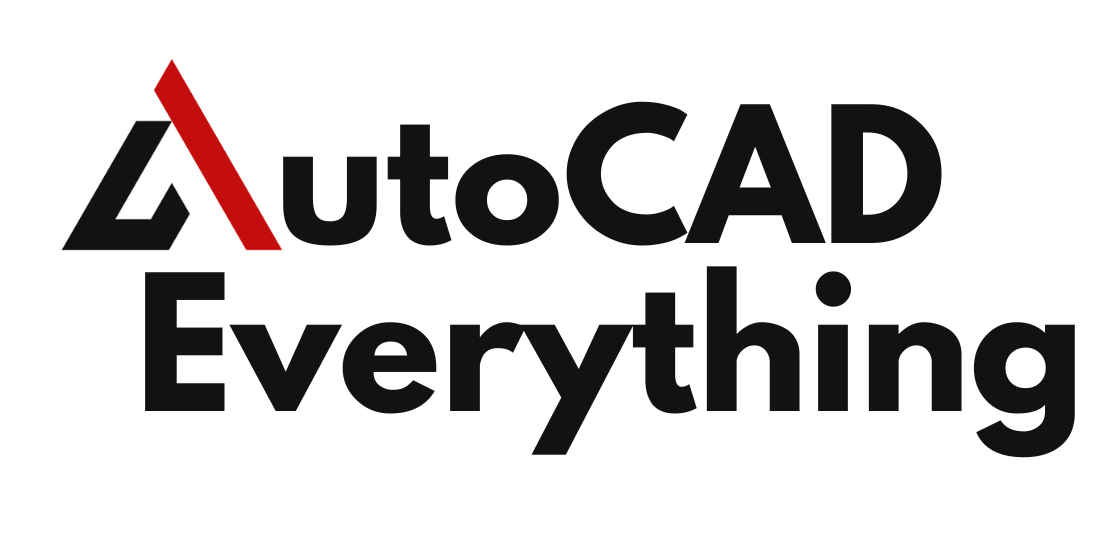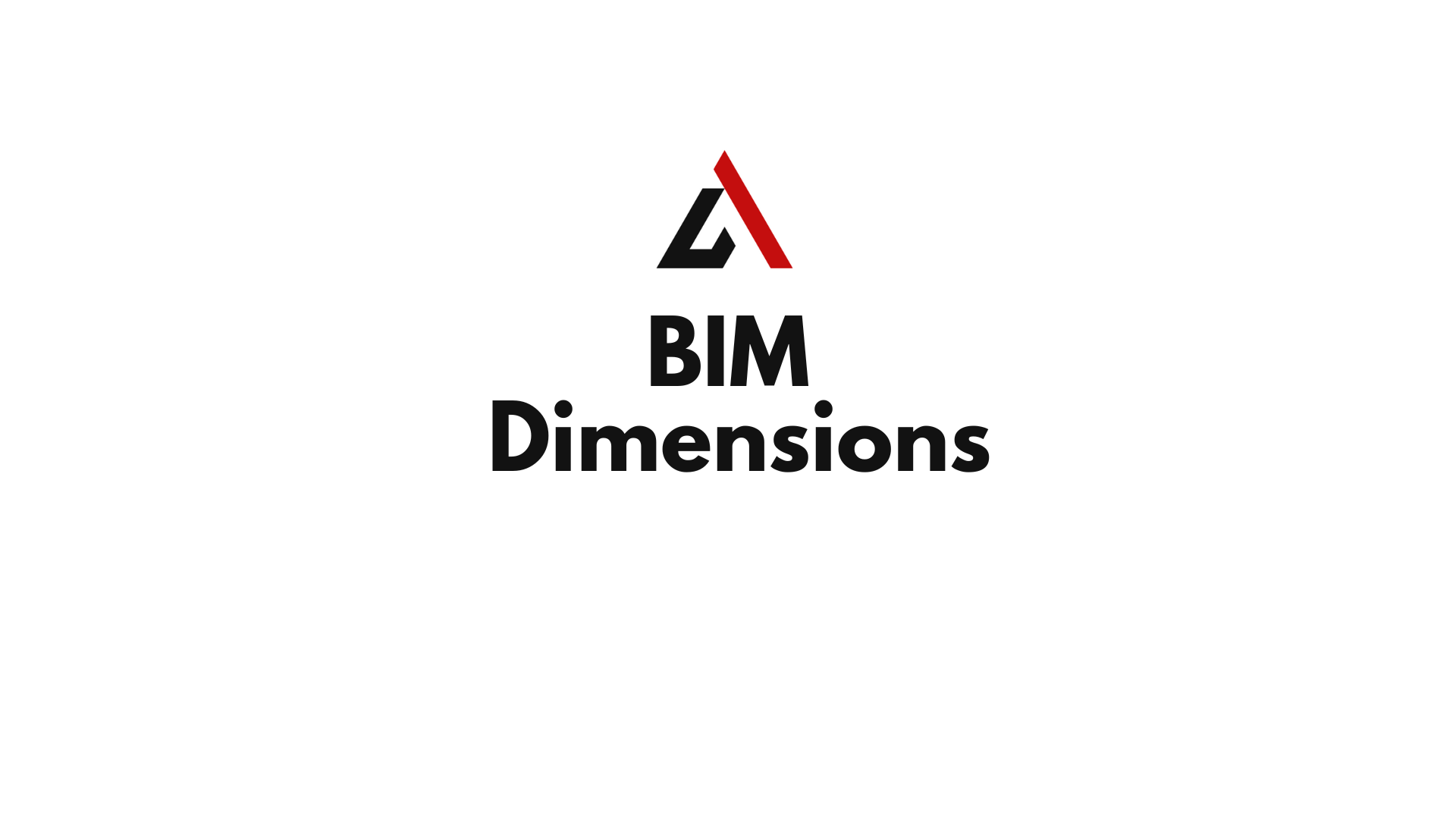Introduction
Building Information Modeling (BIM) has evolved far beyond simple 3D modeling. Today, BIM includes multiple dimensions that integrate time (4D), cost (5D), sustainability (6D), and operations (7D) to provide a comprehensive digital representation of a building’s lifecycle.
By understanding BIM dimensions, construction professionals can:
✅ Improve project visualization and coordination.
✅ Enhance construction scheduling and sequencing.
✅ Optimize cost estimation and budget control.
✅ Integrate sustainability and energy efficiency.
✅ Streamline facility management and operations.
In this article, we will break down each BIM dimension, explaining its role, benefits, and real-world applications.
Table of Contents
What Are BIM Dimensions?
BIM dimensions refer to the additional data layers added to a 3D model to incorporate time, cost, and lifecycle information. Each BIM dimension serves a specific purpose in the design, construction, and operational phases of a building.

Overview of BIM Dimensions
| BIM Dimension | Purpose | Key Benefits |
|---|---|---|
| 3D BIM | Digital 3D modeling | Improved visualization & collaboration |
| 4D BIM | Time & scheduling integration | Better construction planning & sequencing |
| 5D BIM | Cost estimation & budget control | Accurate cost tracking & financial planning |
| 6D BIM | Sustainability & energy efficiency | Optimized building performance & green design |
| 7D BIM | Facility management & operations | Streamlined maintenance & asset tracking |
Let’s explore each dimension in detail.
3D BIM – The Foundation of Digital Construction
What is 3D BIM?
3D BIM represents the basic three-dimensional digital model of a building, including its geometry, spatial relationships, and physical components.
Key Features of 3D BIM
✔ Realistic visualization of architectural, structural, and MEP (Mechanical, Electrical, Plumbing) elements.
✔ Enhanced collaboration between design teams.
✔ Detection of design errors before construction begins.
Real-World Example
An architect using Revit creates a 3D model of a commercial building, allowing stakeholders to review the design in real-time and detect clashes between walls, doors, and MEP systems.
4D BIM – Time & Scheduling Integration
What is 4D BIM?
4D BIM integrates time and scheduling data into the 3D BIM model, enabling construction sequencing and project timeline visualization.
Key Benefits of 4D BIM
✔ Better construction planning by linking building components to project schedules.
✔ Prevention of scheduling conflicts by simulating project phases.
✔ Improved resource allocation and workforce management.
How 4D BIM Works
- The 3D model is linked to a construction schedule using software like Navisworks Manage or Synchro 4D.
- The model simulates project timelines, showing how different construction activities will unfold.
- Project managers identify potential bottlenecks and adjust schedules accordingly.
Real-World Example
A contractor using Synchro 4D simulates the construction of a 30-story skyscraper, identifying delays in the steel framework and adjusting the sequence to prevent costly rework.
5D BIM – Cost Estimation & Budget Control
What is 5D BIM?
5D BIM integrates cost data into the BIM model, allowing project managers to track expenses, estimate budgets, and manage financial risks.
Key Benefits of 5D BIM
✔ Automated quantity takeoffs, reducing manual errors.
✔ Real-time cost tracking, preventing budget overruns.
✔ Scenario analysis for financial decision-making.
How 5D BIM Works
- Material quantities are extracted from the BIM model.
- Cost data is assigned to each building component (e.g., concrete, steel, plumbing).
- The model updates cost estimates dynamically as design changes occur.
Real-World Example
A developer using CostX or Autodesk Takeoff integrates cost estimation with the BIM model, identifying a $500,000 potential cost-saving by switching to an alternative steel supplier.
6D BIM – Sustainability & Energy Efficiency
What is 6D BIM?
6D BIM focuses on sustainability, energy performance, and environmental impact by integrating building lifecycle data, energy analysis, and carbon footprint tracking.
Key Benefits of 6D BIM
✔ Optimized energy performance, reducing long-term operational costs.
✔ Integration with green building certifications like LEED and BREEAM.
✔ Lifecycle cost analysis for sustainable materials and systems.
How 6D BIM Works
- Energy simulation software (e.g., IESVE, Autodesk Insight) is linked to the BIM model.
- The model analyzes daylighting, heating, cooling, and ventilation performance.
- Facility managers adjust HVAC settings and lighting design to reduce energy consumption.
Real-World Example
A university campus project uses 6D BIM for energy modeling, achieving a 30% reduction in HVAC energy costs through optimized insulation and solar shading strategies.
7D BIM – Facility Management & Operations
What is 7D BIM?
7D BIM enhances facility management, maintenance, and asset tracking by integrating building operations data into the BIM model.
Key Benefits of 7D BIM
✔ Proactive maintenance schedules, reducing equipment failures.
✔ Real-time asset tracking for HVAC, plumbing, and electrical systems.
✔ Extended building lifespan through predictive maintenance.
How 7D BIM Works
- The BIM model is linked to a facility management system (CAFM or IWMS).
- Maintenance data (e.g., HVAC filter changes, fire safety inspections) is stored within the BIM model.
- Facility managers use Digital Twins & IoT sensors to monitor building performance in real-time.
Real-World Example
A hospital facility team uses BIM 360 Ops to schedule HVAC maintenance, track medical gas systems, and manage equipment warranties, improving patient safety and operational efficiency.
Future of BIM Dimensions
1. AI-Powered BIM for Automated Decision-Making
AI-driven BIM tools will automatically predict construction delays, material costs, and maintenance needs.
2. Digital Twins for Smart Cities
Entire cities will be modeled as Digital Twins, integrating BIM, IoT, and AI for real-time urban management.
3. Augmented Reality (AR) for On-Site BIM Visualization
AR will allow contractors and facility managers to overlay BIM models onto real-world construction sites for better accuracy.
FAQs About BIM Dimensions
1. What is the difference between 3D, 4D, 5D, 6D, and 7D BIM?
3D BIM focuses on design, 4D adds time, 5D includes cost, 6D integrates sustainability, and 7D enhances facility management.
2. What software is used for 4D and 5D BIM?
Navisworks, Synchro 4D, CostX, and Autodesk Takeoff are commonly used for 4D and 5D BIM applications.
3. Can BIM help reduce building operational costs?
Yes, 7D BIM optimizes maintenance schedules and energy efficiency, reducing long-term operational costs.
Conclusion
BIM dimensions go beyond 3D modeling, transforming how buildings are designed, built, and maintained. By integrating time, cost, sustainability, and operations, BIM provides a smarter, data-driven approach to construction and facility management.
For companies looking to optimize projects, adopting 4D, 5D, 6D, and 7D BIM ensures better planning, cost savings, and sustainable building performance. 🚀

